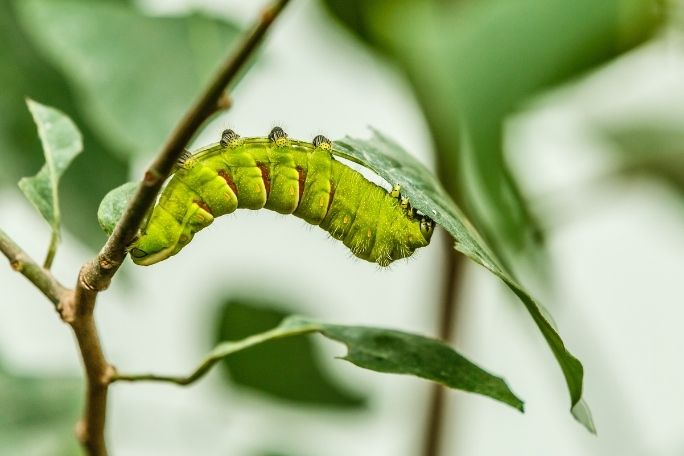Lesson summary
Students investigate invertebrates. They begin by reviewing their prior knowledge of what invertebrates are before categorising a range of animals as either vertebrates or invertebrates. Students then head into the schoolyard to observe invertebrates, thinking about their features and behaviours, before spending time drawing these invertebrates.
Learning intentions:
Students will...
- understand what invertebrates are
- recognise some of the differences between invertebrates and vertebrates
- understand why invertebrates are important.
Success criteria:
Students can...
- participate in class discussion
- identify invertebrates
- observe and draw an invertebrate
- work independently and collaboratively.
Lesson guides and printables
Lesson details
Curriculum mapping
Australian Curriculum content descriptions:
Foundation Science:
- explore the ways people make and use observations and questions to learn about the natural world (AC9SFH01)
- engage in investigations safely and make observations using their senses (AC9SFI02)
- represent observations in provided templates and identify patterns with guidance (AC9SFI03)
Year 1 Science:
- identify the basic needs of plants and animals, including air, water, food or shelter and how the places they live meet those needs (AC9S1U01)
- sort and order data and information and represent patterns, including with provided tables and visual or physical models (AC9S1I04)
- write and create texts to communicate observations, findings and ideas, using everyday and scientific vocabulary (AC9S1I06)
Syllabus outcomes: STe-8NE, STe-4WS, ST1-10LW, ST1-11LW, ST1-4WS.
General capabilities: Critical and creative thinking
Cross-curriculum priority: Sustainability
Relevant parts of Foundation Science achievement standards: Students suggest how the environment affects them and other living things. They share and reflect on observations, and ask and respond to questions about familiar objects and events.
Relevant parts of Year 1 Science achievement standards: Students describe how different places meet the needs of living things. They participate in guided investigations of everyday phenomena and follow instructions to record and sort their observations and share them with others.
Relevant parts of Year 2 Science achievement standards: Students describe how different places meet the needs of living things. They participate in guided investigations of everyday phenomena and follow instructions to record and sort their observations and share them with others. They record and represent observations and communicate ideas in a variety of ways.
This lesson is part of the wider unit of work: Investigating Invertebrates – Lower Primary
Resources required
- Vertebrate Or Invertebrate? Images
- Device capable of presenting a website to the class
- Drawing materials for each student
- Skeleton Images
Skills
This lesson is designed to build students’ competencies in the following skills:
- Communication
- Creativity
- Critical thinking
- Problem solving
- Collaboration
Additional info
Time required: 60 mins
Level of teacher scaffolding: High – lead students in class discussions, oversee invertebrate habitat construction
This is an original Cool+ lesson.


Welcome back!
Don't have an account yet?
Log in with:
By signing up to Cool.org you consent and agree to Cool's privacy policy to
store, manage and process your personal information. To read more, please see
our privacy policy here(Opens in new tab).
Create your free Cool.org account.
Many of our resources are free, with an option to upgrade to Cool+ for premium content.
Already have an account?
Sign up with:
By signing up to Cool.org you consent and agree to Cool's privacy policy to
store, manage and process your personal information. To read more, please see
our privacy policy here(Opens in new tab).